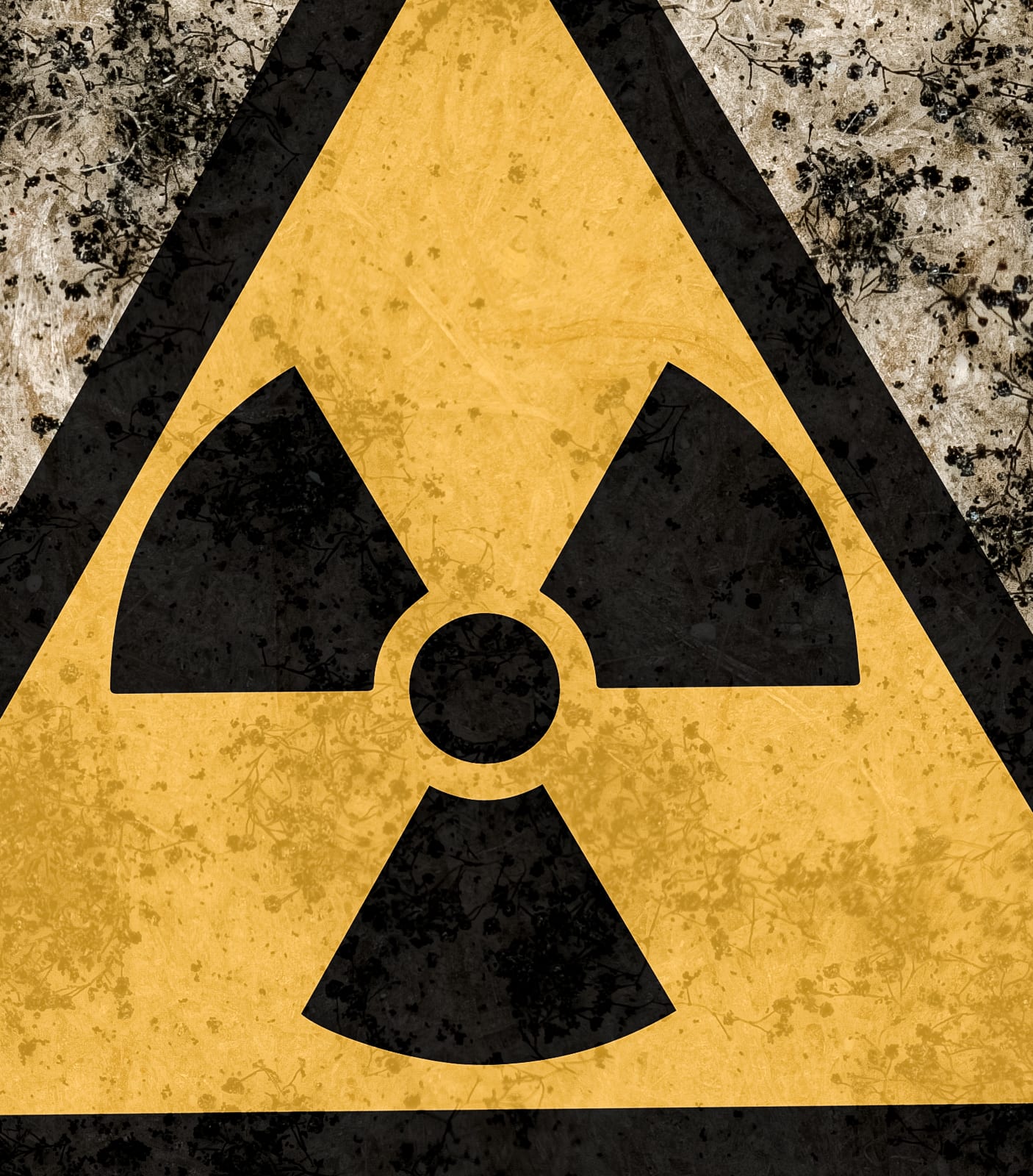X-rays for when nothing else works.

When documents that must be preserved by law have high levels of contamination, we recommend X-ray irradiation.
If official records and documents are seriously impacted by mould, bacteria – particularly faecal bacteria – or other microorganisms, we recommend a treatment with X-rays. This work is outsourced to a specialist company. X-ray irradiation works by causing irreversible damage to the genetic material (DNA) in the cells of the microorganisms. After the genetic code is destroyed, the cells’ functioning is disrupted and they’re no longer able to reproduce.
It's important to know that microorganisms killed by the X-rays still have allergenic and toxic properties, and they continue to pose a health threat. For this reason, we also recommend a manual surface decontamination of the X-rayed objects. This removes dead spores, metabolic by-products of the mould and mycelia. It’s possible to omit surface decontamination if the X-rayed documents won’t be consulted in future. However, for safety reasons, these objects must be stored separately in quarantine conditions.
It's important to know that microorganisms killed by the X-rays still have allergenic and toxic properties, and they continue to pose a health threat. For this reason, we also recommend a manual surface decontamination of the X-rayed objects. This removes dead spores, metabolic by-products of the mould and mycelia. It’s possible to omit surface decontamination if the X-rayed documents won’t be consulted in future. However, for safety reasons, these objects must be stored separately in quarantine conditions.